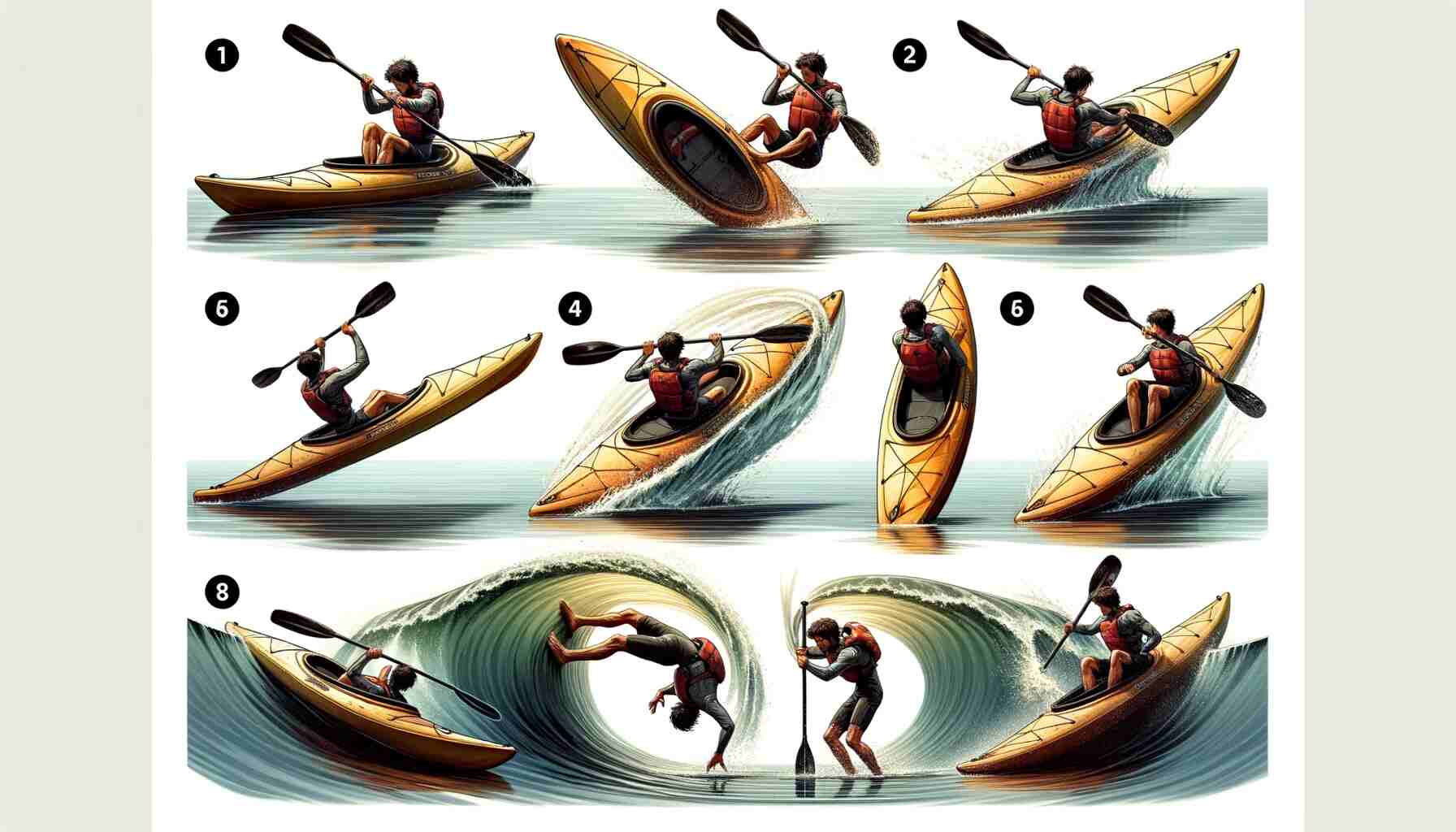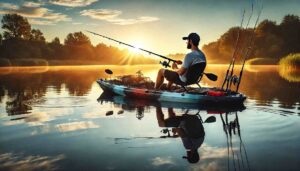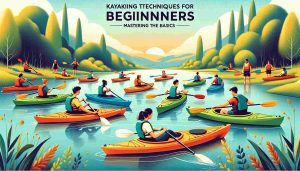Kayak rolling is an indispensable skill for paddlers of all levels. Whether you’re navigating choppy seas or enjoying a calm lake, the ability to roll your kayak is crucial. This technique not only ensures your safety but also enhances your confidence and independence on the water. Rolling is not just about getting back upright; it’s about understanding your kayak, the water, and your own capabilities.
Myths and Misconceptions
Despite its importance, many misconceptions surround kayak rolling. Some believe it’s an advanced skill beyond the reach of beginners, while others underestimate its necessity. Let’s debunk these myths with insights from experts. For instance, one common misconception is that you need immense upper body strength to execute a successful roll. In reality, technique and timing are far more critical. Understanding the mechanics of the roll and practicing the correct movements will serve you better than brute strength.
Fundamentals of a Reliable Kayak Roll
A reliable roll is a paddler’s best friend. It’s not merely about executing a roll in a calm, controlled environment like a pool but knowing that you can count on it in the unpredictable waters of rivers and oceans. Achieving a reliable roll begins with good instruction. Many paddlers learn the basics and successfully roll on their first day with proper guidance. However, truly mastering the roll means being able to perform it in various conditions and when you least expect to need it.
Techniques and Tips
The hip snap or flick is a fundamental component of a successful roll. It involves a quick, powerful action where you use your hips to right the kayak while your upper body and paddle aid in stabilizing. Imagine your lower body leading the motion, with your upper body following. Also, consider the advice of seasoned paddlers like Larry Ausley, who suggests focusing less on your head and more on the mechanics of your lower body. Each person’s roll is unique, and understanding the nuances of your body’s movement in the kayak is crucial.

Kayak Rolling 101: A Step-by-Step Guide
Mastering the kayak roll begins with understanding its components:
- Set Up: Position your body and paddle correctly.
- Capsize: Intentionally tip your kayak to one side.
- Sweep: Use a sweeping motion with your paddle to create momentum.
- Hip Snap: Utilize your hips to flick the kayak upright.
- Recovery: Finish the roll by returning to your starting position.
Each step is critical, and practicing in a safe, controlled environment is recommended. Begin in shallow water with assistance and gradually move to deeper, more challenging conditions.
Advanced Strategies
Once you’re comfortable with the basic roll, explore advanced techniques like the screw roll, hand roll, or the re-entry and roll. Each technique offers different advantages and challenges. For instance, the hand roll emphasizes the use of body mechanics over the paddle, offering a great backup technique if you lose your paddle.
Common Challenges and How to Overcome Them
Many beginners struggle with the fear of being underwater or the feeling of disorientation. Overcoming these challenges is often a matter of practice and gradual exposure. Start by practicing in shallow water where you can easily stand up. Work with an instructor to build confidence and learn to trust your equipment and skills.
Safety Considerations
Safety is paramount in kayak rolling. Always practice with a buddy or instructor, especially in the beginning stages. Ensure your equipment is in good condition, and always wear a personal flotation device. Understanding and respecting the water conditions you’re practicing in is also crucial.
Equipment and Gear
The right equipment can make a significant difference in your rolling experience. A well-fitted kayak and paddle can enhance your control and comfort. Personal flotation devices, helmets, and appropriate clothing are also essential for safety and comfort.
Community and Learning Resources
Joining a community of fellow kayakers can provide support, advice, and camaraderie. Look for local clubs, online forums, or courses offered by outdoor centers. Learning from others and sharing experiences can significantly enhance your skills and enjoyment of the sport.
Conclusion
Kayak rolling is a blend of art and skill, a dance between paddler and water. It’s a journey of continuous learning and practice. By understanding the techniques, overcoming common challenges, and continually seeking knowledge, you’ll become a more confident and skilled kayaker. Embrace the process, and let each roll bring you closer to mastering the dynamic and rewarding world of kayaking.










